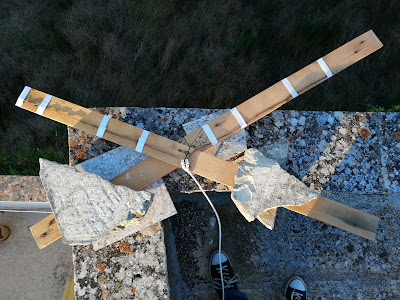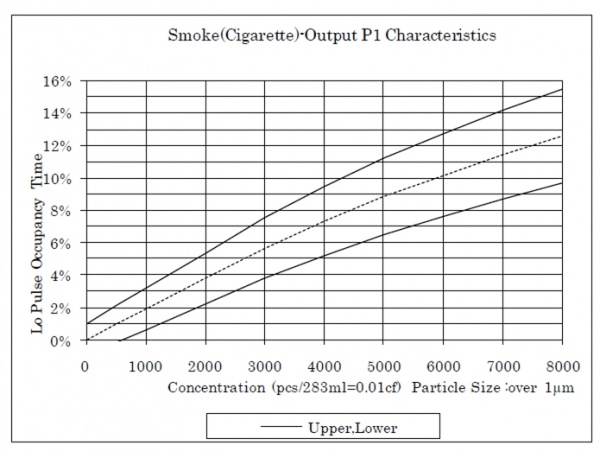Quirky it's a new word for me. It has the same meaning of "crazy" but with a positive value. Or, better, it's like a disruptive force that choose not to follow the middle mind and decide to generate a new way to do the things.
This is my personal interpretation of the first 60 pages I've read up to now.
This book is something that a visionary cannot wait to read. The life (and not only) of: Elon Musk, Albert Einstein, Nikola Tesla, Thomas Edison, Benjamin Franklin, Marie Curie, Dean Kamen and Steve Jobs.
I would call this book this way: "The revenge of nerds" like a famous movie from the 80s that I saw as a child.

























